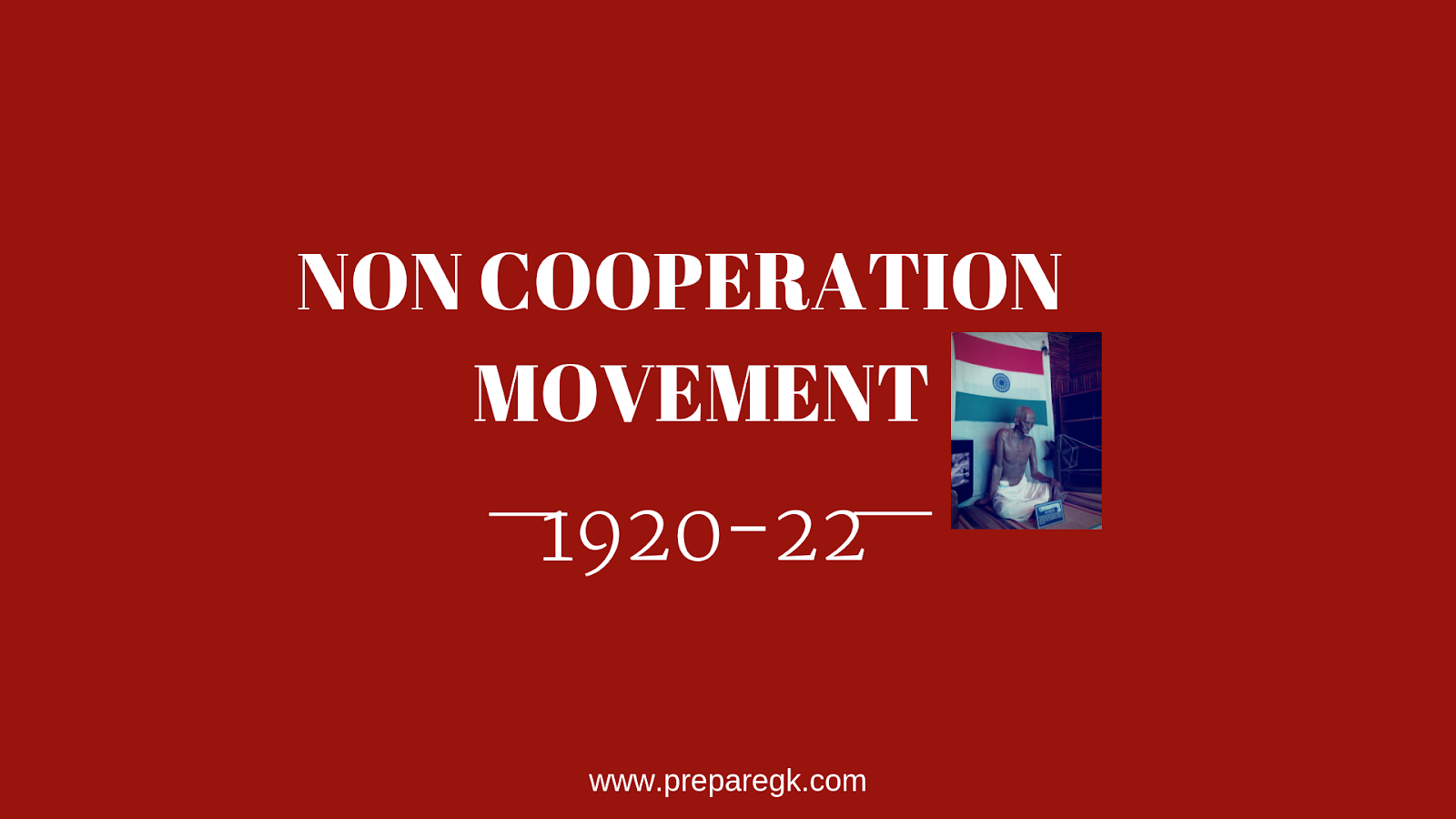
😂 Programmes of non cooperation movement. The Non. 20190208
Sep 21, 2022. The Non-cooperation Movement was Gandhi's first mass-based political movement. This movement was launched as per the resolution taken by the Indian National Congress at the Calcutta session but ratified in the Nagpur session in December 1920. August 01, 1920 was fixed as the date of starting the movement.
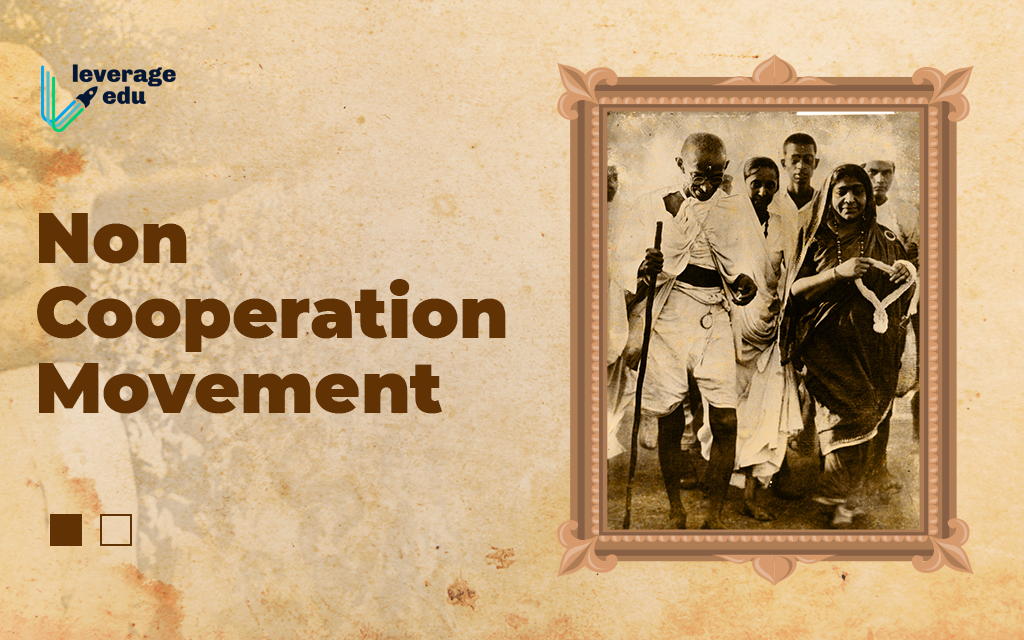
NonCooperation Movement Date, Year, PDF, UPSC, End Leverage Edu
Movement Leaders for UPSC Important Facts for UPSC People's Response to the Movement Non-Cooperation Movement and Civil Disobedience Movement Khilafat and Non-Cooperation Movement for UPSC Chauri Chaura Incident Quit India Movement Non- Cooperation Movement Poster NCM UPSC Questions FAQs UPSC on Non-Cooperation Movement in English PDF Download

Cooperation and Playground Rules Posters Art is Basic An Elementary Art Blog
Dhaka, Bangladesh - January 05, 2024: Bangladesh Labor Party marched in support of boycott and non-cooperation movement of twelfth national parliament election at bijoy nagar in Dhaka. Group of people carrying kayaks, British Columbia, Canada

Events after Non cooperation Movement YouTube
The Non-Cooperation Movement was a turning point in the history of the Indian freedom struggle. Its goals and aims were clearly elucidated in the Non-Cooperation Resolution drafted by its leader M.K. Gandhi, who hailed from the Porbandar District of Gujarat. The resolution stated clearly that "there can be no contentment in India…without the establishment of swarajya".

1 3 Non Cooperation Movement YouTube
The Non-Cooperation Movement was launched in the wake of a series of events including the Jallianwala Bagh Massacre and was called off because of Chauri Chaura incident of 1922. Know the Difference Between the Non-Cooperation Movement and Civil Disobedience Movement at the linked article.

Noncooperation Movement History, Causes and Result Open Naukri
A Poster brought out during the Non-Co-operation Movement The programme of "non-violent non-cooperation" included the boycott of councils, courts and schools, set up by the British and of all foreign cloth. With some naiveté Gandhi claimed that his movement was not unconstitutional: In his dictionary, constitutional and moral were synonymous terms.

non cooperation movement YouTube
The Champaran Satyagraha of 1917 was the first satyagraha movement led by Mahatma Gandhi in British India and is considered a historically important rebellion in the Indian independence movement. It was a farmer's uprising that took place in Champaran district of Bihar in the Indian subcontinent, during the British colonial period.

Non cooperation movement YouTube
The first principle of non-violent action is that of non-cooperation with everything humiliating. Mahatma Gandhi Poster. By ArtOfRebellion. $28.69. Peaceful non-violent non-cooperation Poster. By FreedomAlways. $28.27. Gandhi peaceful non violent non cooperation Poster.
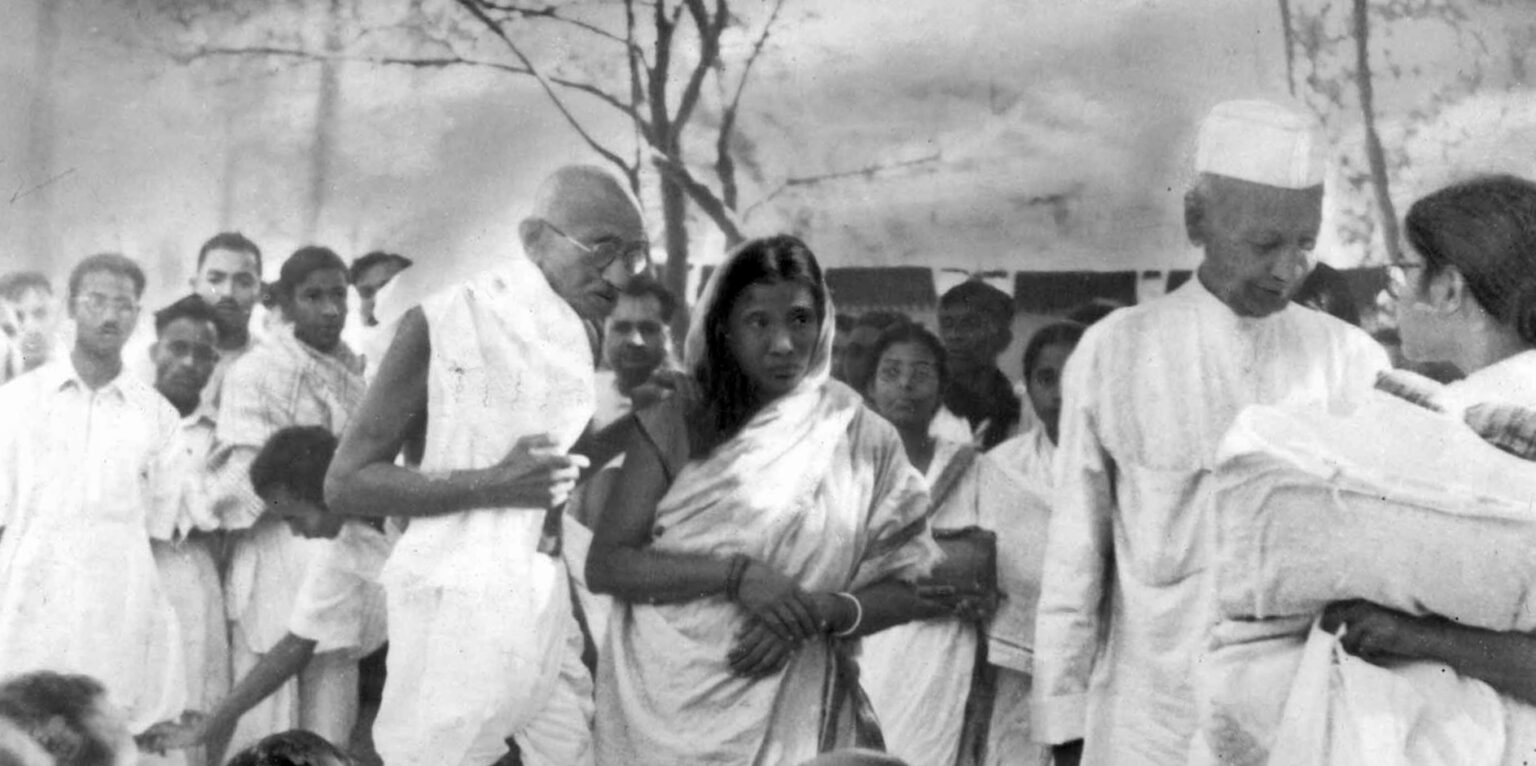
100 years on, time for another NonCooperation Movement All Indians Matter
This chapter focuses on Mahatma Gandhi's programme of non-cooperation, in which he challenged the sterile form of nationalist struggle that had been followed by the Indian National Congress for so long and advocated a direct confrontation with the British.

NON COOPERATION MOVEMENT YouTube
The non-cooperation movement was a nationwide movement launched on the 4th of September 1920, under the leadership of Mahatma Gandhi. The movement was launched in the wake of series of events like the Jallianwala Bagh massacre and the passing of the Rowlatt Act. The movement was able to accrue the sympathy of the masses and established Gandhiji.
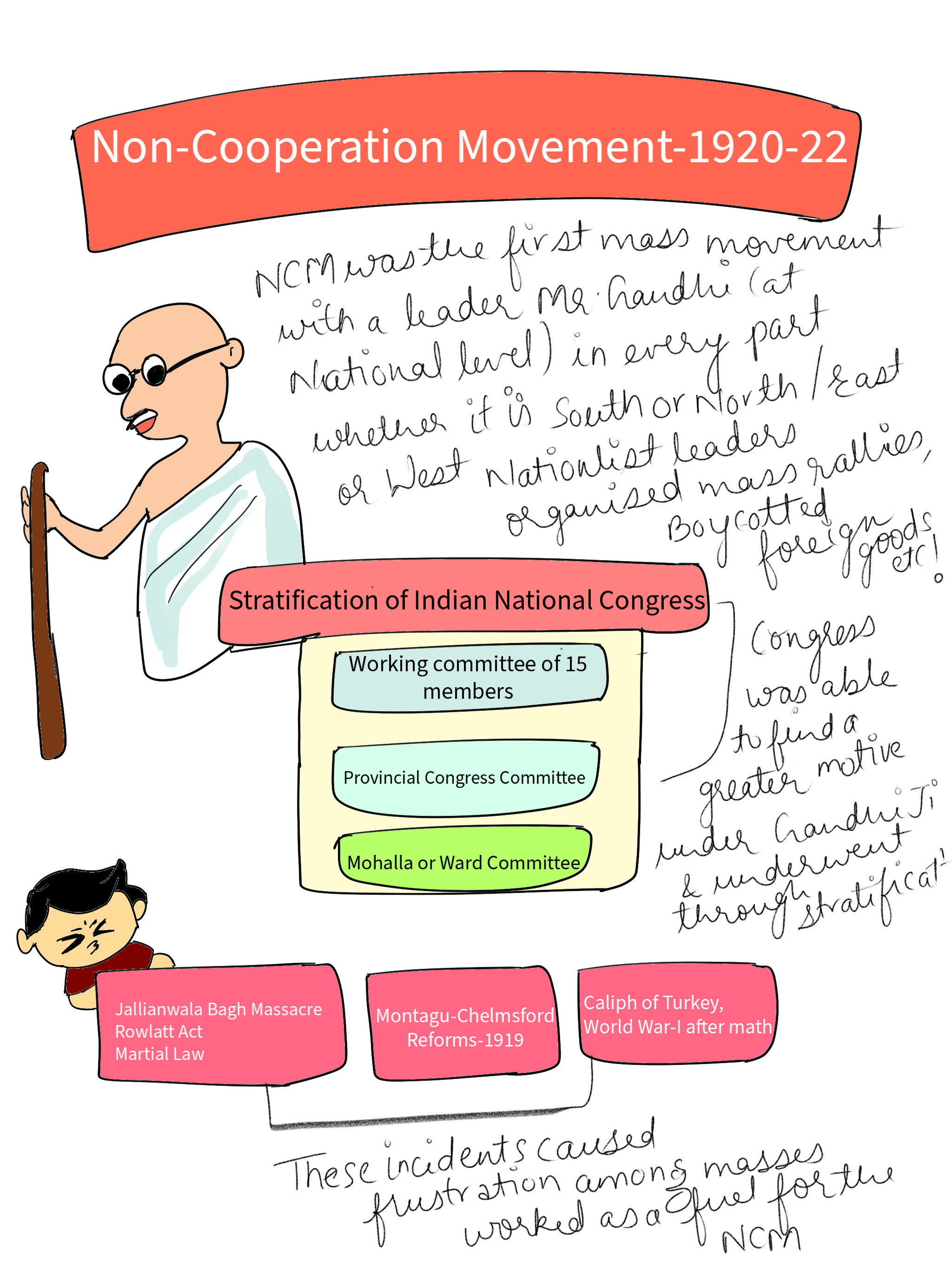
Freedom Struggle NonCooperation Movement Modern Indian History
What is Non Cooperation Movement? Mahatma Gandhi organized the Non-Cooperation Movement from 1920-1922, to persuade the British government of India to grant India Swaraj or self-rule. Non-Cooperation Movement was one of Gandhi's earliest planned instances of the widespread Civil Disobedience Movement (Satyagraha).

Nationalism in India,Non cooperation movement,Differing strands within the movement YouTube
Search for: 'non-cooperation' in Oxford Reference ». A political campaign by the Indian National Congress organized and led by M. K. Gandhi (1920-22). Its aims were to force further concessions from the British government by organizing the boycotting of the legislative councils, courts and schools, and other symbolic acts. The movement.
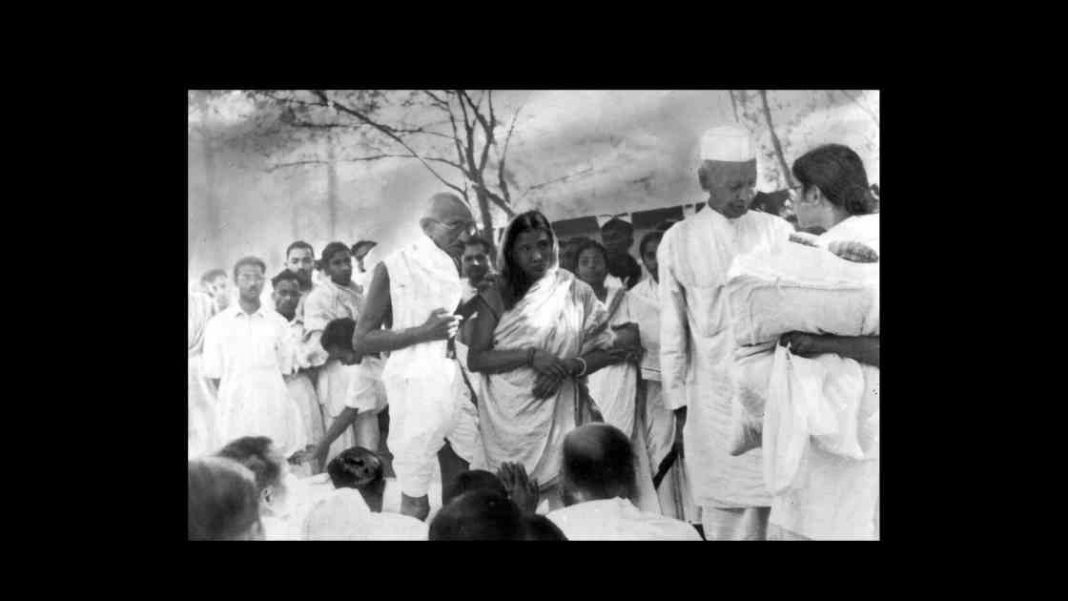
What is importance of Non Cooperation Movement in freedom struggle for Independence of India
The Non-Cooperation Movement was launched on 1st August, 1920 under the leadership of Mahatma Gandhi. The movement was an important part of the freedom struggle and people boycotted British goods and started using only Indian-made goods and clothes. Read the article to know about the movement that led to the indepence of the country on this day in the History.
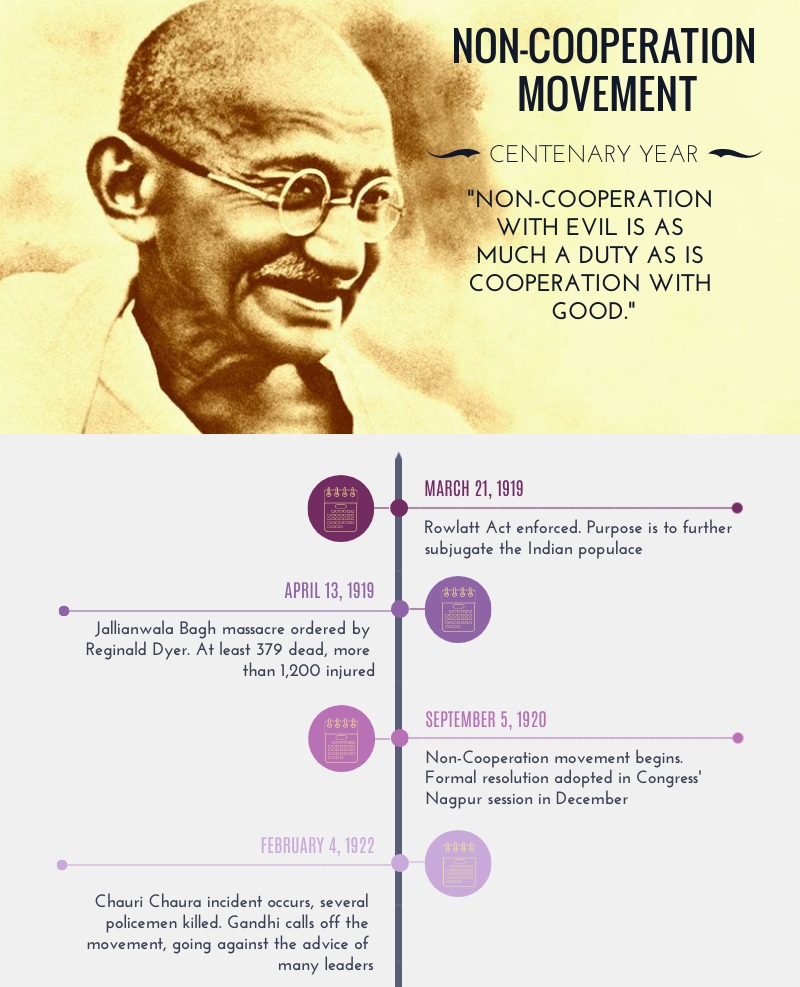
100 years on, time for another NonCooperation Movement All Indians Matter
v t e The non-cooperation movement was a political campaign launched on 4 September 1920, by Mahatma Gandhi to have Indians revoke their cooperation from the British government, with the aim of persuading them to grant self-governance. [1] [2] [3]

[Social Science] How did NonCooperation Movement unfold in cities and
The Non-Cooperation Movement was launched by Mahatma Gandhi in 1920 to mobilise the Indian masses to peacefully resist British rule through non-cooperation with British institutions, laws, and policies. Both the Khilafat Movement and Mahatma Gandhi's Non-Cooperation Movement saw a convergence at the end of the summer of 1920.

The NonCooperation Movement Of 1920
The noncooperation movement was to be nonviolent and to consist of Indians resigning their titles; boycotting government educational institutions, the courts, government service, foreign goods, and elections; and, eventually, refusing to pay taxes.